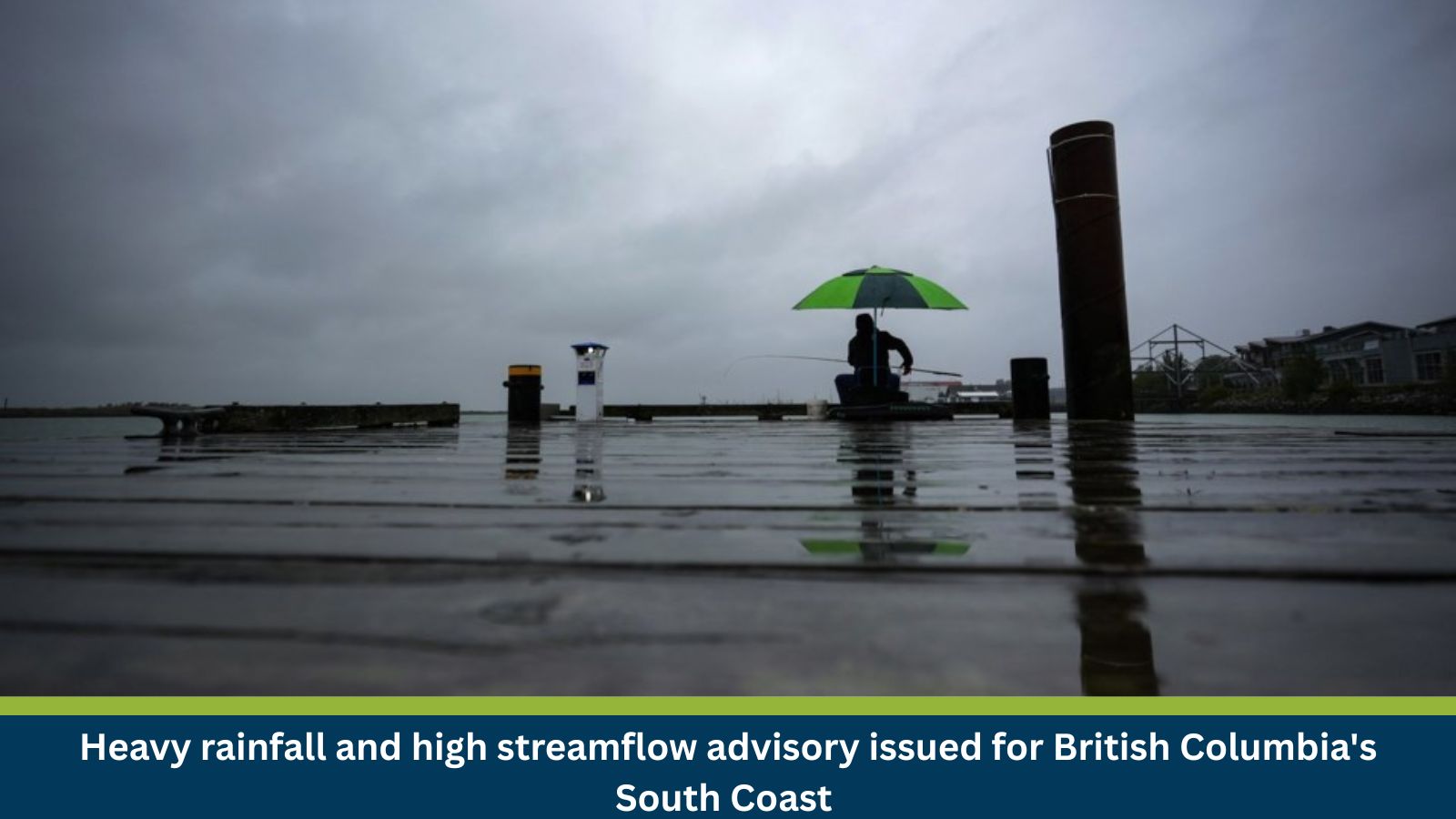What is Risk Analysis in the Context of Environment?
Environmental risk assessments evaluate how natural events like heavy rainfall impact people safety, critical infrastructure, business operations, and supply chains. They provide timely intelligence that helps organizations prepare for disruptions, mitigate operational risks, and ensure the welfare of staff and assets.
Executive Summary
- Date of Incident: 16 August 2025
- Location: British Columbia’s South Coast, Canada
- Risk Category: Environment
- Severity Score: 3/5
- Confidence Level: 95%
A significant heavy rainfall event is impacting British Columbia’s South Coast, with an unseasonably moisture-laden frontal system delivering 50-80 mm of rain. Historical weather patterns for the region indicate a high likelihood of water pooling on roads, increased hydroplaning risk, and sudden rises in creek and river levels. The event’s impact is primarily short-term, with rain expected to subside late evening, and widespread catastrophic flooding is not anticipated.
Known Hotspots and Sensitive Areas
Sensitive areas include higher terrain such as the North Shore Mountains and Coastal Mountains, and low-lying urban areas in Metro Vancouver (e.g., Richmond, parts of Burnaby). Areas adjacent to creeks and rivers are also sensitive to rising water levels.
Impact on Transportation and Services
- Travel & Mobility: There is a significant impact on the afternoon commute with poor visibility, water pooling, and heightened hydroplaning risk.
- People Safety: There is an increased risk of road accidents, potential for flash floods, and elevated hazards near swollen rivers and creeks.
- Business Operations: Commute disruptions, reduced foot traffic, and potential localized operational challenges are common during such weather incidents.
- Asset Security: Water pooling and localized flooding can lead to property damage in low-lying areas.
- Supply Chain & Logistics: Road disruptions and slower travel speeds can cause delays in ground transportation of goods.
Recommended Actions
- Activate Flexible Work Policies: Issue detailed travel advisories to employees and leverage real-time updates from DriveBC.
- Conduct Pre-emptive Inspections: Inspect all physical assets and facilities, ensuring drainage systems are clear and deploying flood barriers for vulnerable ground-level entry points.
- Proactively Monitor Advisories: Monitor advisories from the BC River Forecast Centre for high streamflow warnings. Develop and pre-distribute alternative transportation routes for critical deliveries.
- Establish a Multi-Channel Communication Strategy: Provide timely updates to employees, clients, and stakeholders via various platforms.
Emergency Contacts
- National Emergency: 911
- Official Channels:
- DriveBC: https://www.drivebc.ca/
- BC River Forecast Centre: https://bcrfc.env.gov.bc.ca/warnings/index.html
Final Thoughts
The baseline scenario anticipates the heavy rainfall system proceeding as forecast, causing localized water pooling and temporary periods of poor visibility. A moderate escalation could see the frontal system stall, leading to more widespread water pooling and intermittent partial closures on major arterial roads. A severe escalation, though a low probability, could trigger flash floods, widespread water pooling, and multiple landslides, severely impacting business operations and supply chains. Businesses should prioritize employee safety and have robust plans to manage transportation and operational disruptions.
Stay ahead of operational risks with real-time alerts, scenario modeling, and expert advisories with datasurfr’s Predict. Start your 14-day free trial of Datasurfr’s Risk Intelligence Platform today.






